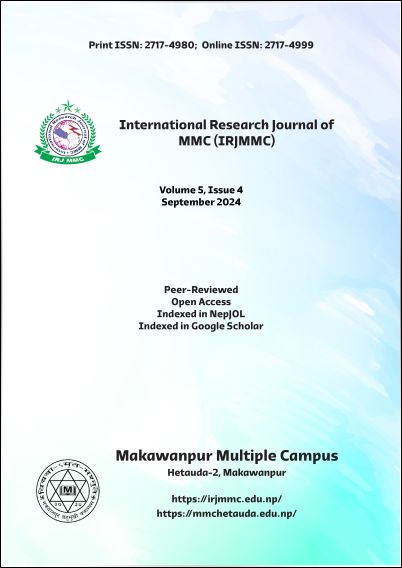Privatization in Education: Myths versus Reality in the Nepalese Context
DOI:
https://doi.org/10.3126/irjmmc.v5i4.69228Keywords:
basic needs, privatization, corruption, social evilAbstract
Abstract
This paper explores the history of privatization in education in Nepal with the aim of exposing its multilayered negative impacts in different sectors of the country. Critiquing on the different illusions created by those supporting this privatization, an attempt is made to unfold its ugly reality and the way it corrupts different state mechanisms. The irony is that outwardly privatization seems to be playing a positive role for enhancing the quality of education as well as creating job opportunities. But in reality, it is playing a crucial role for the degradation of the quality of education and promoting exploitation in different forms. Moreover, privatization in education is corrupting the mentality of our youth and creating such a social environment where money is regarded as everything. Increased expenditure of people in basic needs like education and health has increased the pressure of earning that ultimately leads to corruption. The money earned from private institutions is being used to make state mechanisms failure. This paper concludes that the privatization of education is the source of multiple problems Nepalese society is facing at present. Therefore, the decision of privatization in education needs to change with critical understanding of the myths created by the supporters of privatization for a better society. This research paper can be helpful for those who are working in the field of education.
Downloads
Downloads
Published
How to Cite
Issue
Section
License
Copyright (c) 2024 The Author(s)

This work is licensed under a Creative Commons Attribution-NonCommercial 4.0 International License.

